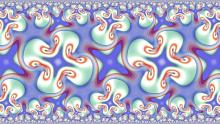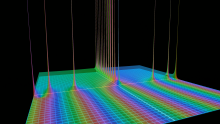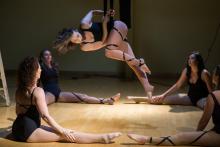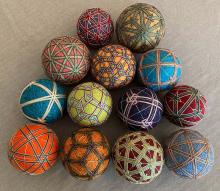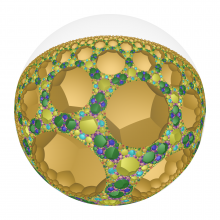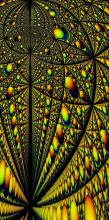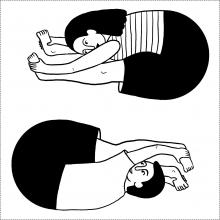
In the course of his explorations of the visual representation of infinity, M.C. Escher created several prints in which tessellated figures spiral inward towards a limit in the centre of the design. I present a pleasingly simple way to think about these spiral tilings, based on the exponential function in the complex plane, and connect it to a few other related ideas in mathematical art.
